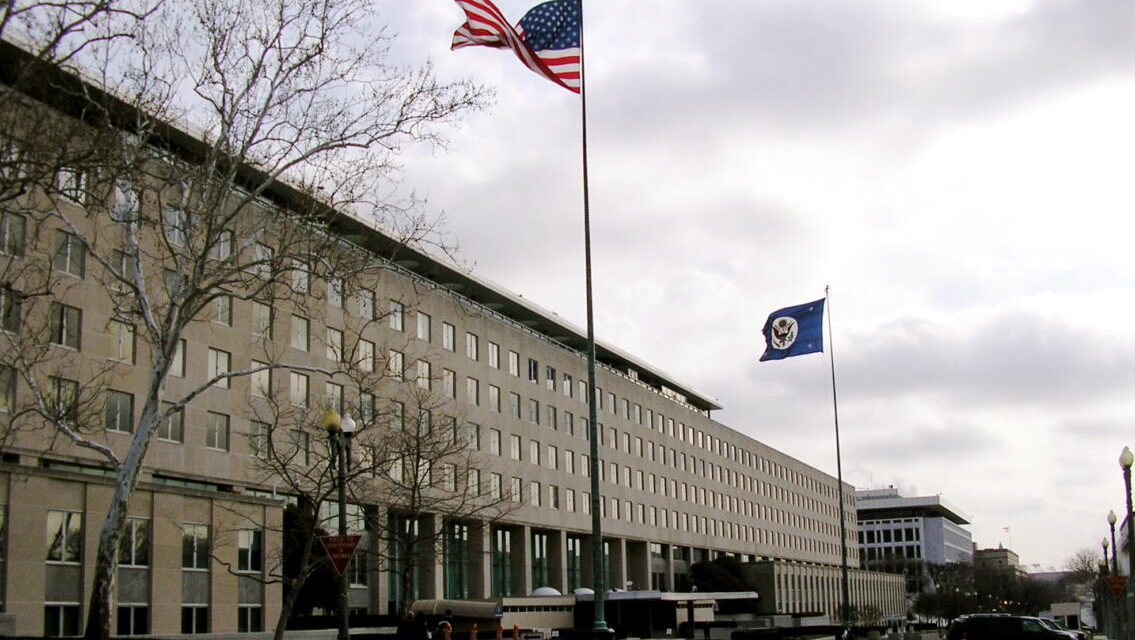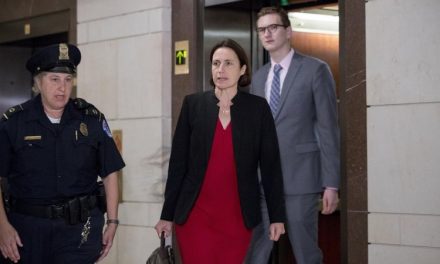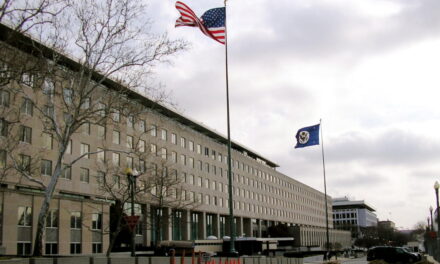Remember the meme of the IC under Barack Obama and his ‘Raspoetin’ to transplace factual events by injecting a conspiracy. Social media and bloggers will run with it.
Paper by Matthew Gentzkow - Stanford University
What is really happening to the American electorate matters for anyone trying to navigate today’s political waters. Sharp partisan divisions are at the center of every committee vote, every regulatory action, every judicial appointment in Washington. Correctly diagnosing the source of these divisions is key for anyone who wants to understand, predict, or influence policy.
For digital media companies, polarization matters for another reason: digital technology is not only affected by the outcomes of our fractured political process, it is widely perceived to be a big part of the cause. The travails of traditional media and the rise of overtly partisan outlets seem intimately linked to the growth of the Internet. Recent research has claimed that a single tech company could potentially determine the outcome of the next election. A growing chorus calls for regulation to promote a plurality of voices, most notably in Europe but also in the US and around the world.
What do we really know about the extent to which political polarization in the American public is increasing, and the role of digital media in driving this trend? Academics continue to debate the answer fiercely, and many important questions remain unanswered. But looking closely at the data reveals a picture that is both clearer and more nuanced than either the popular discussion or the academic back and forth might suggest.
…
A number of academic studies also find evidence that polarization is on the rise. Abramowitz and Saunders (2008, p. 542), for example, conclude based on a detailed analysis of survey and exit poll data:Since the 1970s, ideological polarization has increased dramatically among the mass public
in the United States. . . . There are now large differences in outlook between Democrats
and Republicans, between red state voters and blue state voters, and between religious
voters and secular voters. These divisions are not confined to a small minority of activists –
they involve a large segment of the public and the deepest divisions are found among the
most interested, informed, and active citizens.On the other side, however, a number of eminent scholars argue that these studies misread the data, and that increasing polarization is largely a myth.
A prominent example is Stanford political scientist Morris Fiorina and his co-authors. In Culture War? The Myth of a Polarized America [2004], Fiorina, Samuel Abrams, and Jeremy Pope argue that Americans are not as deeply divided as the popular narrative would suggest, and that evidence for increasing divisions has been overstated. They point out that most Americans hold moderate views on most issues, that a large share of the electorate does not self-identify with a strong political ideology, and that the distributions of views on issues and self-reported ideology have been largely stable over time.
[IMO the party polarization has accelerated from 2006 onward as the Iraq War became a clear fiasco and with the election of Barack Obama in 2008 … political times have changed – Oui]
○ Obama Was Too Good at Social Media | The Atlantic |
○ The post-truth world: ‘Yes, I’d Lie to You’ | Economist |
○ Trump, Putin and the New Cold War | New Yorker |
Growing number of Independents are ‘closet-partisans’
Continued below the fold …
Growing Number of Independents
Not so, they are mostly closet-partisans. Perhaps also an underlying reason why polls got it so wrong in recent elections.
What Everyone Gets Wrong About Independent Voters | The Nation |
… in the Democratic primary, Bernie Sanders has done better among independents than Hillary Clinton has–the Vermont senator has fared far better in open primaries in which independents can vote than in closed contests–and many of his supporters believe that’s evidence that his coalition has little loyalty to the Democratic Party and will be less likely to rally around the nominee after the race is over than in past cycles.
At the same time, a good number of Clinton’s backers have concluded that the independents backing Bernie are just aloof hipsters who are too cool to identify with a party and are “hijacking” the Democratic nomination process.
Both candidates’ supporters–and Donald Trump–have it mostly wrong. While around four-in-10 voters say they’re independents, very few are actually swing voters. In fact, according to an analysis of voting patterns conducted by Michigan State University political scientist Corwin Smidt, those who identify as independents today are more stable in their support for one or the other party than were “strong partisans” back in the 1970s. According to Dan Hopkins, a professor of government at the University of Pennsylvania, “independents who lean toward the Democrats are less likely to back GOP candidates than are weak Democrats.”
While most independents vote like partisans, on average they’re slightly more likely to just stay home in November. “Typically independents are less active and less engaged in politics than are strong partisans,” says Smidt.
Rising polarization–and the increasingly personal and nasty nature of our politics–has had a paradoxical effect on the American electorate. On one hand, the growing distance between the two major parties has contributed to a dramatic decrease in the number of true swing voters.
Bots Generated Election News Coverage
Turning data into stories
The nonprofit news site ProPublica’s election data bot, created with Google News Lab, updates every 15 minutes with election forecasts, campaign finance reports, Google Trends and other data.
Another nonprofit called the PollyVote Project delivers similar dispatches based on poll results and other data.
“Every time we get new data we create an automated news item,” said Andreas Graefe, a fellow at Columbia University’s Tow Center for Digital Journalism who is leader of the project funded by the Tow Center and Germany’s LMU Munich University.
“We can publish articles seconds after we receive the data, and we can do it in an unlimited amount.”Graefe said several studies in Europe have shown that readers cannot tell the difference between a human- or computer-generated news article.
How a network led by the billionaire Koch brothers is riding the Trump wave | The Guardian |
Despite deciding not to back Donald Trump financially with ads during the presidential election, the sprawling donor and advocacy network led by the multibillionaire Koch brothers is emerging as a winner in the transition.
Longtime ally Mike Pence is leading the transition team, and several veteran Koch network donors, operatives and political allies are poised to join the Trump administration when the new president takes office in January.
The Koch network, which says it spent about $250m this election cycle on politics and policy efforts, comprises several hundred donors who help underwrite numerous free-market, small-government advocacy groups.
Several Koch network donors who backed Trump, such as Robert Mercer, Joe Craft, Doug Deason, Harold Hamm, Diane Hendricks and Stan Hubbard, have reason to be pleased that his early cabinet picks align with their views on expanding fossil fuels, spurring charter schools, repealing and replacing Obamacare, and slashing government regulations and taxes.
Cambridge Analytica: US billionaire who helped bankroll Donald Trump’s campaign for the presidency
It has emerged that Robert Mercer, a hedge-fund billionaire, who helped to finance the Trump campaign and who was revealed this weekend as one of the owners of the rightwing Breitbart News Network, is a long-time friend of Nigel Farage. He directed his data analytics firm to provide expert advice to the Leave campaign on how to target swing voters via Facebook – a donation of services that was not declared to the electoral commission.
Cambridge Analytica, an offshoot of a British company, SCL Group, which has 25 years’ experience in military disinformation campaigns and “election management”, claims to use cutting-edge technology to build intimate psychometric profiles of voters to find and target their emotional triggers.
- ○ Fusion’s dodgy dossier and the rogue intelligence community
○ Russian Oligarchs Tied to Alfa Bank and PM Netanyahu
Interaction of Press, Media and the Political Establishment …
○ ‘This is not Justice’: Ian Tomlinson, Institutional Failure and the Press Politics of Outrage
○ The hidden media powers that undermine democracy
○ Rupert Murdoch’s influence felt in post-Brexit political chaos | Politico |
○ Why is the European court of human rights hated by many Tories and UK newspapers | The Guardian |
○ Think tanks, evidence and policy: democratic players or clandestine lobbyists? | LSE |





